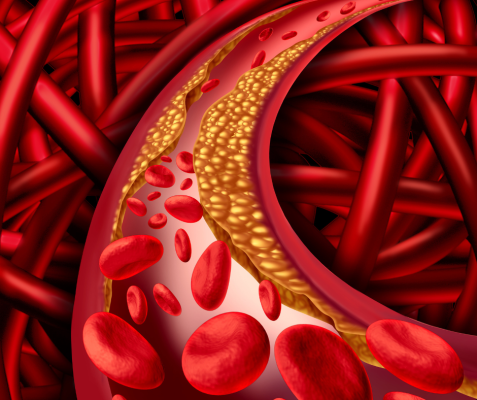Peripheral Artery Disease Awareness (PAD), Know the Symptoms

Peripheral Artery Disease (PAD) is a common condition that typically affects the legs. The disease occurs when narrowed arteries reduce blood flow to the legs and feet. When your legs do not have proper blood flow they ache when you walk, and gradually can lead to pain at rest or ulcerations if left untreated.
Studies show half of the individuals with PAD may experience no symptoms or only mild symptoms, however, there are several symptoms you should be aware of, so you know the signs of PAD. According to the Mayo Clinic, the symptoms include:
- The lower foot or leg is cold, especially if the other foot remains at a normal temperature
- Leg weakness or numbness
- Weak or no pulse in the feet or legs
- Intense cramping in either one or both of your hips, calf muscles, thighs, or any other muscles that were just used during an activity like climbing stairs or taking a walk
- Legs look shiny
- The skin color on your legs is a different shade
- Toenails are growing slowly
- Irritating sores on your legs, feet, or toes that will not heal
- You are experiencing pain when using your arms after activities like writing, knitting, or doing everyday manual tasks
- Erectile dysfunction
- Hair loss or slower hair growth on your legs
What Causes Peripheral Artery Disease?
When a buildup of fatty, cholesterol-containing deposits is on the artery walls, it decreases blood flow through the arteries. The process is called atherosclerosis. Atherosclerosis affects arteries all through the body. If it occurs in the arteries supplying blood to your limbs, it causes peripheral artery disease.
Risk Factors
In some cases, receiving a diagnosis of peripheral arterial disease is unavoidable due to genetic predisposition. Other factors that highly increase the risk of developing peripheral artery disease include:
- Smoking
- Diabetes
- Genetic predisposition, includes a family history of stroke or heart disease.
- High blood pressure
- High cholesterol
- Obesity with a body mass index over 30
- High levels of an amino acid called homocysteine; these also increase the risk for coronary artery disease.
- Increasing age, typically over the age of 65. However, if you have risk factors for atherosclerosis, the age decreases to 50
Can Peripheral Arterial Disease be Prevented?
The best way you can try to avoid developing this disease is by having a healthy lifestyle. You can play a vital role in decreasing your risk of developing this disease by avoiding tobacco use, controlling your blood sugar and cholesterol, eat a healthy diet, maintain a healthy weight, manage your blood pressure by taking medication properly, and walk or exercise as often as possible.
If you are currently suffering from peripheral disease or you notice you suffer from many of the above symptoms, 901 Vascular is here to help. 901 Vascular in Memphis, is the premier local endovascular specialist dedicated to improving each of our patient’s quality of life through the most advanced procedure techniques while maintaining superior excellence in care. Don’t hesitate to get in touch with us today to schedule your consultation at (901) 519-4690.
901 Vascular, 901 Vascular Memphis, 901 vascular treatments, 901 Vascular vein treatment options, 901 vascular veins, best varicose vein treatment options, Memphis Vein Center, PAD, PAD symptoms, PAD treatment, Peripheral Arterial Disease, peripheral arterial disease symptoms, peripheral arterial disease treatment, peripheral artery disease, peripheral artery disease symptoms, peripheral artery disease treatment